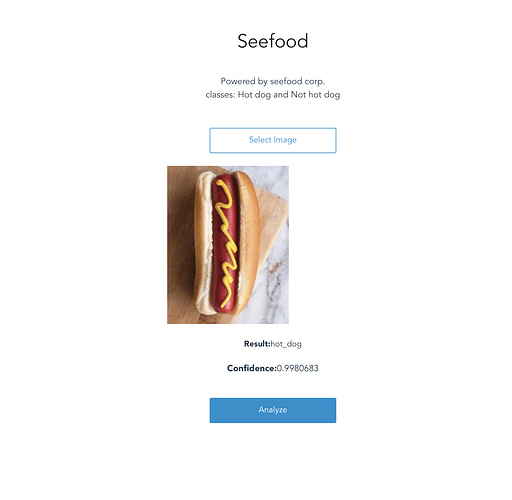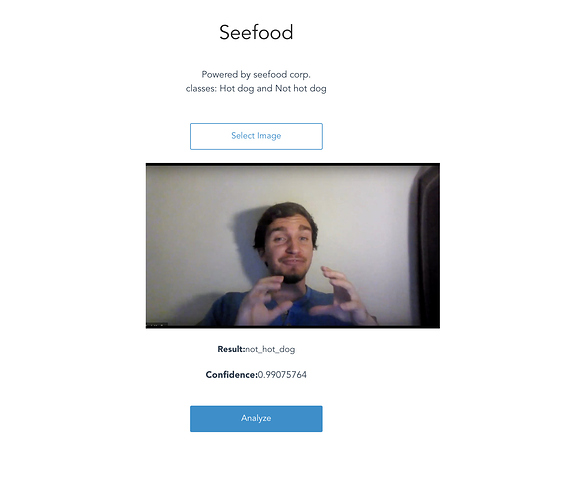Yup! The reason I’m wanting to do this is many people aren’t aware of this, and the directions aren’t very explicit in a few places (which is okay, mostly because it was covered/talked about in an older lesson). The goal is to reimplement and re-explain what’s going on and what changed in the framework to modify it ![]()
I have more overreaching project in works, not only for a few weeks.
I’m going deeper into EEG reading, I have consumer headset, Muse 2016 and I’m really into cognitive neuroscience and meditation.
I want to use fastai to apply deep learning to analyze and classify mind states.
Potential project application:
- neurofeedback for meditators
- neurofeedback for learners (“you are tired, make a brake // change subject”, or “this is easy, increase diffulity”)
But right now I’m slowly learning about signal processing, and a way to pre-process my raw data into something, that fastai can use.
I’ll probably need to make blogpost about this (using fastpages, duh  ), small primer for other people interested into EEG and DL.
), small primer for other people interested into EEG and DL.
I would like to re implement Devise too, I just don’t know where to start. Devise needs to be trained on Imagenet right? it’s huge and Colab can’t handle it. I’m thinking of using Tiny Imagenet, how are approaching this?
Currently in the air, I was thinking about tiny imagenet as well, but I’ll have to go rewatch the lecture. I don’t think you actually need the full dataset and you can just use the pretrained weights? If not, then either tiny imagenet or even using PETS (may not work well, but interesting to see mabye)
I think of using transfer learning here but still I would need at least a part of the dataset with all 1000 classes right? I will try with Tiny Imagenet for now.
Please do. I’m really hoping to improve my knowledge in this area (as I feel it loosely relates to the autism topics i’m keen to work on)
Now you make me seem lazy  Learning something new is indeed seldom a waste. I’ll try to see if I can get the v1 code to work, and start experimenting from there.
Learning something new is indeed seldom a waste. I’ll try to see if I can get the v1 code to work, and start experimenting from there.
On Saturday (yesterday), I added support for Image Classification using fastai2.vision. After training and exporting your model, you can:
- upload your model
- make predictions on the web and Python SDK. (iOS is Apple TestFlight only at the moment)
- share the model with your friends (or anyone really) so they can use/see what you have been working on.
Today, I’ll create an example notebook, that takes you through all the steps…
Let me know if you’re interested…
Would love to hear what the community thinks!
As for myself, I was thinking about these two ideas:
-
Classifier to detect machine vs human-generated text. This would involve creating a dataset myself by:
- grabbing a selection of Wikipedia articles.
- for each one of those, feed the first sentence to a GPT-2 (or whatever SOTA LM) and let it produce text.
- the goal is to produce a good mix of fake/original and train a model on it
-
Work on the dataset coming with the Kaggle Deepfake detection challenge. This would allow me to test fastai2 on video/audio.
Wdyt guys?
cc @lgvaz FYI this is what I came up with 
If anyone would like to get their feet wet with audio classification, you can join me on a project here 
For now I am using a pretrained CNN and training like we did in lecture 1.
I created a starter notebook that reads in the data using the DataBlock API and now the next step would be to run various models on the data and see what results you get 
If you could train on this data and push a notebook (showing how you went about this and your results) that would be awesome! 
I am very excited about this and I think it can evolve into something really cool. Above all, I am genuinely interested what you think about this? Is there anything I can do to make this more interesting to you? Is there something you do not like about this? What do you like and would like to see more of? Shoot me with all you got 
I have never tried such a thing before (collaborating openly on a problem) but I am hoping we are onto something good here. There is a lot we can learn from one another. If I am mistaken though, please send me your feedback so that I can change my ways 
Thank you! 
If you are looking for an easy way to deploy and share your models, I’m super excited to share my SeeMe.ai quick guide for fastai v2.
It’s step-by-step process of deploying and sharing your trained models with friends and the rest of the world.
Have a look at the SeeMe.ai quick guides Github repo.
Absolutely looking forward to see what you build, deploy and share!
Thank you all!
@muellerzr I somehow got Devise working with fastai2, I used tiny imagenet dataset so it’s not that good in performance like the imagenet version from v2 course, but I need help with plotting, is their any direct way in fastai to plot validation set (dls.valid_ds) ? Or I have to write a function myself to do so?
Since I wasn’t super intimidated at all by the amazing SG projects and not at all because I was looking for a simple, 1-click setup and deploy idea:
I made a Not hot dog app using seeme.ai, thanks to @zerotosingularity for creating the platform!
Testing:
Ok, that’s a hot dog!
And @muellerzr is not. Hmm 
I think I did some good homework 
I will have to see your training and validation set! 
SeeMe.ai provides the deployment and sharing in this case, the model is just your fast.ai model…  (it always outputs one of the classes it was trained on, as you very well know
(it always outputs one of the classes it was trained on, as you very well know  )
)
That is awesome, would love to check it out when you are ready to share it 
For plotting the validation show_results you could peak at. But otherwise yes the old lecturer (v2 of the course) and there’s the devise notebook which may be less building headache to port over
Are there any resources for finding available datasets? I am thinking of working on a bee classifier (similar to lesson 1 dog and cat classifier) and was wondering how/where I can find a dataset for bees?
Kaggle would be my first go to. There’s tons of datasets on there. (First result after a quick search: The BeeImage Dataset: Annotated Honey Bee Images | Kaggle)
Thanks!
Hi everyone, I tried my best to rewrite the fastai2 version of the Devise implementation that Jeremy did using fastai v0.7 for v2 of the course, here you can see my implementation. I used Tiny Imagenet dataset from Stanford, it’s a subset of the Imagenet dataset contains 200 classes, images with shapes 64x64. I used this dataset because Imagenet is huge and I can’t work with that on Colab. I didn’t train from scratch as I thought it’s just a subset of Imagenet dataset and replacing classifier and training the last part itself should be enough. If anyone found any bug feel free to ping me, I’m still figuring out fastaiv2. I used the higher-level API here because I couldn’t get the Datablock to work(will switch If I figure out how).


